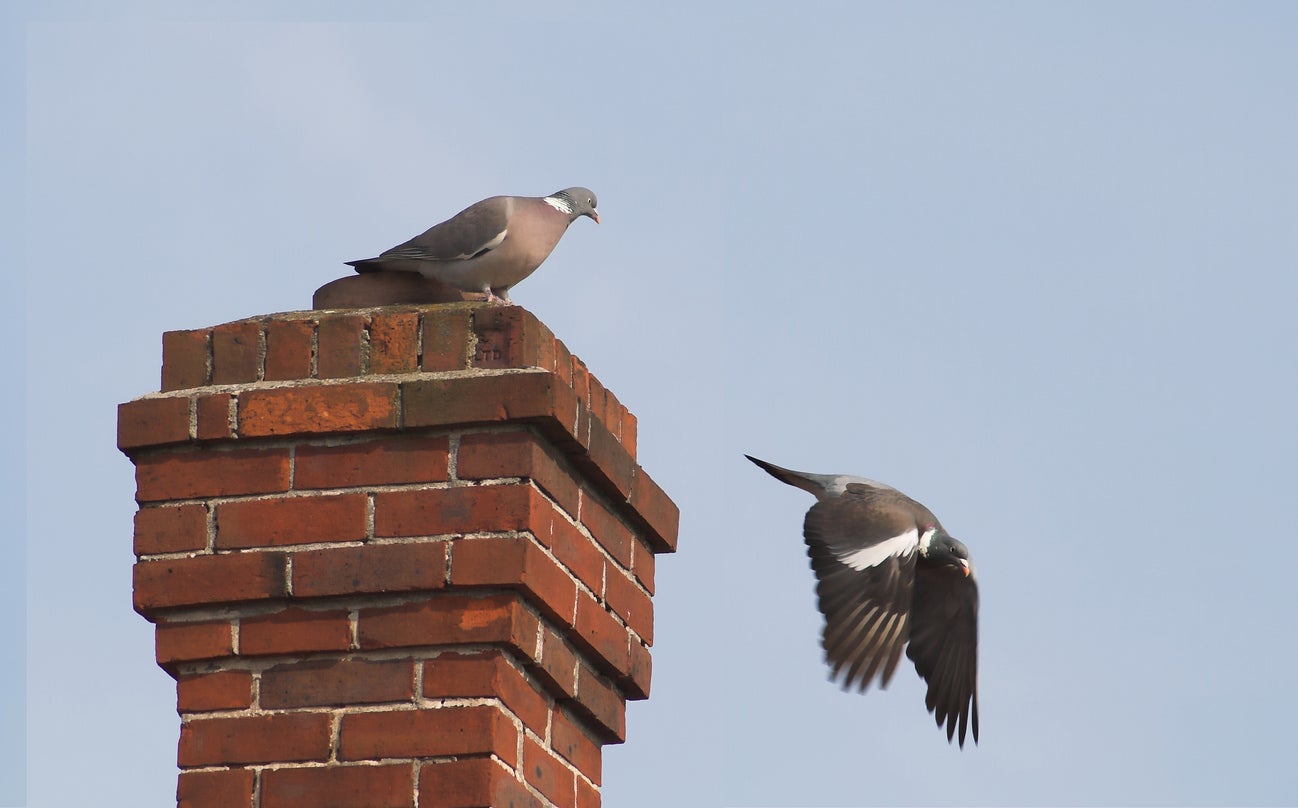

Articles
How To Get Bird Out Of Chimney
Modified: February 24, 2024
Learn effective methods and techniques for safely removing birds stuck in your chimney with our informative articles. Save time and effort with expert advice on bird removal.
(Many of the links in this article redirect to a specific reviewed product. Your purchase of these products through affiliate links helps to generate commission for Storables.com, at no extra cost. Learn more)
Introduction
Having a bird trapped in your chimney can be a stressful and potentially dangerous situation for both you and the bird. The fluttering wings, constant chirping, and the fear of the bird getting hurt or causing damage to your home can be overwhelming. However, with careful planning and the right approach, you can safely and humanely get the bird out of your chimney.
In this article, we will guide you through the steps to successfully remove a bird from your chimney. We will discuss the importance of understanding the situation, assessing the risks involved, and how to prepare yourself for the task at hand. By following these steps, you can ensure the well-being of the bird and restore peace to your home.
Understanding the behavior and instincts of birds is essential when dealing with a trapped bird in your chimney. Birds often mistake chimneys for trees or other nesting spots, especially if there is a clear entry point. They may enter the chimney looking for shelter, food, or a place to build a nest. Unfortunately, the narrow and confined space of the chimney often becomes a trap for them.
Before proceeding to remove the bird, it is crucial to assess the potential risks involved. Birds can carry diseases such as avian flu or parasites like bird mites, which can be harmful to humans and other household pets. Additionally, the bird may become agitated or panicked when attempting to escape, causing damage to your chimney or other areas of your home. Taking the necessary precautions will ensure your safety and minimize any potential harm to the bird.
To prepare for the bird removal process, gather the necessary tools and equipment. You will need a flashlight to inspect the chimney, a net or large towel to safely capture the bird, thick gloves to protect your hands, and a box or cage to temporarily relocate the bird after it is safely removed from the chimney. By having these items ready, you will be well-equipped to address the situation efficiently and effectively.
Now that you have a basic understanding of the situation and have prepared yourself, it’s time to move on to the step-by-step process of getting the bird out of your chimney. By following these steps, you will increase the chances of a successful removal while minimizing stress for both you and the bird.
Key Takeaways:
- Safely and humanely removing a bird from your chimney involves understanding the situation, assessing risks, and preparing with the right tools. Creating a clear exit route and seeking professional help when needed are crucial steps.
- By prioritizing the safety and well-being of both yourself and the bird, you can successfully resolve the trapped bird situation in your chimney. Remember to act responsibly, stay patient, and seek professional assistance if necessary.
Read more: How To Get Bats Out Of A Chimney
Understanding the Situation
Before attempting to remove a bird from your chimney, it’s important to understand the situation fully. This involves examining the chimney structure, identifying potential entry points, and observing the bird’s behavior.
Start by inspecting the exterior of your home to locate all the chimneys. Take note of any visible damage or loose bricks that could serve as possible entry points for the bird. It’s essential to close off these areas once the bird is safely removed to prevent future incidents.
Next, evaluate the interior of your chimney. Shine a flashlight up the chimney flue to determine if the bird is visible from below. Pay attention to any obstacles, debris, or nests that might impede the exit of the bird. Observe the size and species of the bird to help determine the best course of action.
During this process, it’s crucial to be patient and observe the bird’s behavior. Some birds might be passive and less inclined to fly around, while others may become agitated and try to escape by fluttering against the flue or chimneystack. This information will guide your approach when it comes time to safely remove the bird.
It’s worth noting that certain bird species, such as chimney swifts, are protected by law and have specific guidelines for their removal. If you suspect you have a protected species in your chimney, consult with your local wildlife or conservation authority for guidance on handling the situation.
Understanding the situation not only helps you make informed decisions during the removal process but also ensures the safety and well-being of the bird. By assessing the entry points, examining the chimney structure, and observing the bird’s behavior, you will be better equipped to proceed with the removal plan and ultimately free the bird from its confined space.
Assessing the Risks
When dealing with a bird trapped in your chimney, it is important to assess and mitigate the risks associated with the situation. By taking necessary precautions, you can ensure your safety and the well-being of both the bird and your home.
The primary concern when dealing with a trapped bird is the potential spread of diseases. Birds can carry parasites, such as bird mites or ticks, that can infest your home and pose a health risk to you and your family. Additionally, birds may carry diseases like avian flu or salmonellosis, which can be transmitted to humans through contact with their droppings or direct contact with the bird itself.
To minimize the risk of disease transmission, it is crucial to wear thick protective gloves when handling the bird or any materials in the chimney. Avoid direct contact with the bird and its droppings. Properly dispose of any debris or nesting materials using gloves and a sealable bag. After the bird is safely removed, clean and disinfect the area with a suitable disinfectant.
Another risk to consider is the potential damage the bird may cause while trying to escape. Birds in distress may fly around the flue or chimneystack, knocking loose bricks or damaging internal wiring or insulation. To prevent further damage, it is advisable to cover any open areas of the chimney or block access to other parts of your home until the bird is safely removed. This will help contain the bird and protect your property.
Furthermore, it is important to consider your own personal safety during the removal process. Climbing on the roof or reaching into the chimney can be hazardous. Make sure to use a sturdy ladder, wear non-slip shoes, and have someone assist you if needed. If you are uncomfortable or inexperienced with handling birds or working at heights, it is best to seek professional assistance.
By assessing the risks associated with a trapped bird in your chimney, you can implement precautionary measures to protect yourself, your home, and the bird. By wearing protective gloves, preventing disease spread, preventing further damage, and ensuring your own safety, you will be better equipped to handle the situation efficiently and effectively.
Preparation
Before attempting to remove the trapped bird from your chimney, it’s important to properly prepare yourself and gather the necessary tools and equipment. By being adequately prepared, you can increase your chances of success and minimize any potential risks or complications.
The following are essential preparations you should make before proceeding with the bird removal process:
- Gather the necessary tools: You will need a flashlight, a net or large towel, thick gloves, and a box or cage. The flashlight will help you inspect the chimney, especially in hard-to-reach areas. The net or towel will allow you to safely capture the bird without causing harm. Thick gloves will protect your hands from potential bites or scratches. Finally, a box or cage will provide a temporary shelter for the bird after it’s been safely removed from the chimney.
- Familiarize yourself with safety procedures: It’s important to understand proper safety measures when dealing with a trapped bird. Learn how to handle the bird gently and safely and understand the risk of diseases or parasites the bird may carry. If unsure of how to proceed, it’s advisable to consult with a professional wildlife removal expert.
- Protect your surroundings: Remove any fragile or valuable objects from the immediate area around the fireplace or chimney to prevent accidental damage during the bird removal process. Cover furniture or carpets with sheets or drop cloths to protect them from bird droppings or debris.
- Notify other household members: Inform everyone in your household about the bird removal process and ensure that they stay clear of the area to minimize distractions or potential accidents.
- Ensure proper ventilation: Before starting the removal, open windows or doors in the area surrounding the chimney to provide an alternate exit point for the bird. This can help guide the bird towards the exit and increase the likelihood of a successful removal.
By taking the time to properly prepare yourself and gather the necessary tools and equipment, you can approach the bird removal process with confidence. Proper preparation will not only increase your chances of successfully removing the bird but also help ensure the safety and well-being of both you and the bird throughout the process.
Step 1: Checking the Chimney Flue
The first step in safely removing a bird from your chimney is to thoroughly inspect the chimney flue. This will help you determine the location of the bird and assess any potential obstacles or hazards that may impede the bird’s exit.
Here’s how you can check the chimney flue:
- Prepare your tools and equipment: Grab a flashlight and put on your protective gloves. Make sure you have clear access to the chimney flue.
- Shine a light up the chimney: Use the flashlight to illuminate the interior of the chimney. Look for any signs of the bird, such as movement, feathers, or a nest. Take note of any debris or obstacles that may obstruct the bird’s path out of the chimney.
- Assess the size of the bird: Observe the size of the bird to determine whether it can fit through the chimney flue without difficulty. Larger birds may require additional measures to create a wider exit route.
- Look for alternative entry points: While inspecting the flue, check for any other potential openings that the bird may have used to enter the chimney. This could include damaged bricks or gaps in the chimney walls.
- Document your observations: Take pictures or notes of the bird’s location, any obstacles, and alternative entry points. This information will help you plan and troubleshoot during the removal process.
During the inspection, it’s important to be cautious and gentle to avoid further agitating the bird. Any sudden movements or loud noises can cause the bird to become more distressed and may complicate the removal process.
Once you have thoroughly checked the chimney flue and documented your observations, you will have a better understanding of the situation and can move on to the next steps of the bird removal process. Remember to proceed with care and prioritize the safety of both yourself and the bird throughout the entire process.
To get a bird out of a chimney, open the damper to create an escape route, then dim the lights and open a window to encourage the bird to fly out. If the bird doesn’t leave on its own, consider calling a professional for assistance.
Read more: How To Get Creosote Out Of The Chimney
Step 2: Creating an Exit Route
Creating a clear and safe exit route is crucial when removing a bird from your chimney. By providing the bird with a clearly defined pathway out, you increase the chances of a successful removal without causing harm to the bird or your home.
Here’s how you can create an exit route for the trapped bird:
- Open windows and doors: Ensure that windows and doors in the room or area surrounding the fireplace or chimney are open. This will provide an alternative exit point for the bird and encourage it to fly towards the open space.
- Turn off ceiling fans and close curtains: Turn off any ceiling fans and close curtains or blinds in the room. This will prevent the bird from getting disoriented and help it focus on finding the exit route.
- Remove obstructions: Clear any unnecessary furniture or obstacles near the chimney area. This will allow the bird to navigate freely and prevent it from getting trapped or injured by accidentally flying into objects.
- Create a guiding barrier: If the bird is unable to find the exit on its own, you can create a barrier using long objects like brooms or fishing poles. Gently guide the bird towards the open window or door, creating a clear path for it to follow.
- Use bright lights: In some cases, birds may be disoriented by bright lights and have difficulty finding their way out. If the bird is not moving towards the open exit, you can try shining a bright light in its direction to guide it towards the open space.
Remember to approach the bird calmly and avoid making sudden movements or loud noises. This will reduce the bird’s stress levels and make it more likely to follow the created exit route.
If the bird is not showing signs of exiting through the open windows or doors, you may need to consider additional measures or professional assistance. It is important to prioritize the bird’s safety and well-being throughout the process.
By creating a clear and safe exit route for the trapped bird, you increase the chances of a successful removal. Providing a guided pathway and minimizing potential obstacles will help the bird find its way out of the chimney and restore peace to your home.
Step 3: Luring the Bird Out
When attempting to remove a bird from your chimney, luring it out with strategic techniques can be an effective approach. By using enticing methods, you can encourage the bird to exit the chimney on its own, minimizing stress for both you and the bird.
Follow these steps to lure the bird out:
- Create a calm environment: Turn off any sources of loud noise or sudden movements in the area. This will help reduce the bird’s stress and make it more receptive to the luring techniques.
- Play natural bird sounds: Birds are highly responsive to the sounds of their own species. Play recordings of chirping or singing birds to simulate the presence of other birds outside the chimney. This can attract the trapped bird’s attention and encourage it to investigate the source of the sounds, leading it towards the exit.
- Offer food and water: Place a small dish of water and birdseed near the entrance of the chimney or along the created exit route. Birds are naturally drawn to food and water sources, and providing these resources can entice the bird to leave the chimney in search of nourishment.
- Use visual cues: Hang reflective objects, such as shiny ribbons or CDs, near the open exit. The flickering reflections can catch the bird’s attention and create a visual guide towards freedom.
- Wait patiently: Give the bird some time to respond to the luring techniques. Birds may take time to assess the situation and gather the courage to fly towards the exit. Be patient and avoid overwhelming the bird with excessive attempts to lure it out.
While luring the bird out, maintain a safe distance and avoid making sudden movements or loud noises that might scare the bird back into the chimney. It’s important to allow the bird to approach the exit at its own pace.
If the bird is not responding to the luring techniques or is showing signs of distress, it’s best to consult with a professional wildlife removal expert. They have the knowledge and experience to safely handle the situation and ensure the well-being of the bird.
By using luring techniques, you can encourage the bird to leave the chimney on its own terms. Providing a calm environment, playing bird sounds, offering food and water, and using visual cues can all help guide the bird towards freedom and resolve the trapped bird situation.
Step 4: Blocking Alternative Entry Points
Once you have successfully removed the bird from your chimney, it’s important to take preventive measures to avoid future incidents. Blocking alternative entry points will help ensure that birds cannot easily enter your chimney and become trapped again.
Follow these steps to block alternative entry points:
- Inspect the exterior of your chimney: Take a close look at the exterior of your chimney for any damaged bricks, gaps, or openings that birds could use as entry points. Pay special attention to areas near the roofline or where the chimney connects to the house.
- Seal gaps and cracks: Use a sealant or mortar to fill in any gaps or cracks found in the chimney structure. This will prevent birds from squeezing through and gaining access to the chimney.
- Install a chimney cap: A chimney cap is a metal covering that fits over the top of the chimney, creating a barrier that prevents birds from entering. Make sure the chimney cap has a mesh or wire screen to allow smoke to escape while keeping birds out.
- Trim nearby tree branches: If tree branches are hanging close to your chimney, birds may use them as a pathway to access the chimney. Trim any branches that are within a few feet of the chimney to discourage birds from using them as entry points.
- Regularly inspect and maintain the chimney: Schedule regular chimney inspections and maintenance to ensure that it remains in good condition. This includes checking for loose bricks, damaged flashing, or other issues that could provide birds with an entry point.
By taking these preventive measures, you can significantly reduce the likelihood of birds becoming trapped in your chimney. Regular inspection and maintenance of your chimney will help keep it in optimal condition and prevent any vulnerabilities that birds may exploit.
Remember that blocking alternative entry points not only protects your home from bird infestations but also ensures the safety and well-being of the birds themselves. It’s important to take these proactive steps to create a bird-friendly environment without putting them at risk of getting trapped.
Step 5: Seeking Professional Help
In some situations, seeking professional help is the best course of action when dealing with a bird trapped in your chimney. Professional wildlife removal experts have the knowledge, experience, and specialized equipment to safely and efficiently handle the situation.
If you encounter any of the following circumstances, it is advisable to reach out to a professional:
- Protected bird species: Some bird species, such as chimney swifts, are protected by law and have specific guidelines for their removal. If you suspect that the bird trapped in your chimney belongs to a protected species, it is essential to consult with a professional wildlife or conservation authority for proper guidance and assistance.
- Aggressive or injured bird: If the bird appears injured, aggressive, or shows signs of distress, it is best to leave the removal process to professionals. Attempting to handle an injured or aggressive bird can be dangerous and may cause harm to both you and the bird.
- Multiple trapped birds: If you have multiple birds trapped in your chimney, the situation can become more complex to handle. Professional wildlife removal experts are equipped to handle such situations and can ensure the safe removal of all trapped birds.
- Challenging chimney structure: If your chimney has a complex or challenging structure, such as a tight bend or multiple flues, it may require professional knowledge and equipment to remove the bird safely.
- Lack of experience or comfort: If you feel uncomfortable or lack the necessary experience to handle a trapped bird, it is always best to seek professional assistance. They have the expertise to handle the bird removal process effectively and minimize any potential risks or complications.
When contacting a professional wildlife removal service, provide them with detailed information about the situation, including the size and species of the bird, its location within the chimney, and any observed behavior. This will help them assess the situation accurately and come prepared with the necessary tools and equipment.
Remember, seeking professional help is not a sign of weakness or failure. It is a responsible decision that prioritizes the well-being of both you and the bird. Professionals will handle the situation with expertise and ensure the safe removal of the bird from your chimney.
Read more: How To Get A Cat Out Of A Chimney
Conclusion
Dealing with a bird trapped in your chimney can be a stressful situation, but with the right approach and precautions, you can safely and humanely resolve the issue. By following the steps outlined in this guide, you can increase the chances of successfully removing the bird while minimizing harm to both you and the bird.
Understanding the situation and assessing the risks are essential first steps. By familiarizing yourself with the behavior of birds and the potential dangers involved, you can approach the removal process with knowledge and caution. Preparation is key – gather the necessary tools and equipment, and create a safe environment for both you and the bird.
Checking the chimney flue allows you to locate the bird and identify any obstacles or alternative entry points. Creating an exit route gives the bird a clear pathway to freedom, using techniques such as playing bird sounds, providing food and water, and using visual cues.
Blocking alternative entry points is crucial to prevent future incidents, ensuring that birds cannot easily access your chimney. Finally, seeking professional help is always an option, especially in complex situations or when dealing with protected bird species.
Remember to prioritize the safety and well-being of both yourself and the bird throughout the entire process. Stay calm, be patient, and avoid causing unnecessary stress to the bird. By acting responsibly and thoughtfully, you can successfully remove the bird from your chimney and restore peace to your home.
If you encounter any challenges or concerns during the bird removal process, do not hesitate to consult with professional wildlife removal experts who can provide guidance and assistance. Always prioritize the welfare of the bird and follow the laws and regulations in your area regarding bird removal.
By approaching the situation with care and compassion, you can ensure a positive outcome and protect both wildlife and your home. Good luck with safely resolving the trapped bird situation in your chimney!
Frequently Asked Questions about How To Get Bird Out Of Chimney
Was this page helpful?
At Storables.com, we guarantee accurate and reliable information. Our content, validated by Expert Board Contributors, is crafted following stringent Editorial Policies. We're committed to providing you with well-researched, expert-backed insights for all your informational needs.
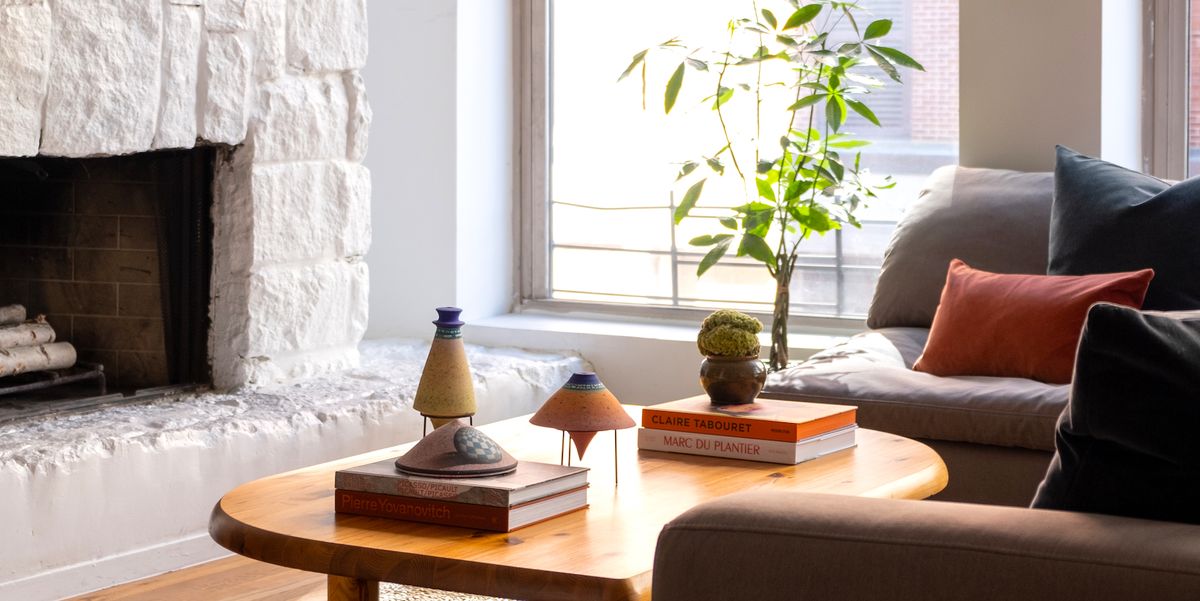
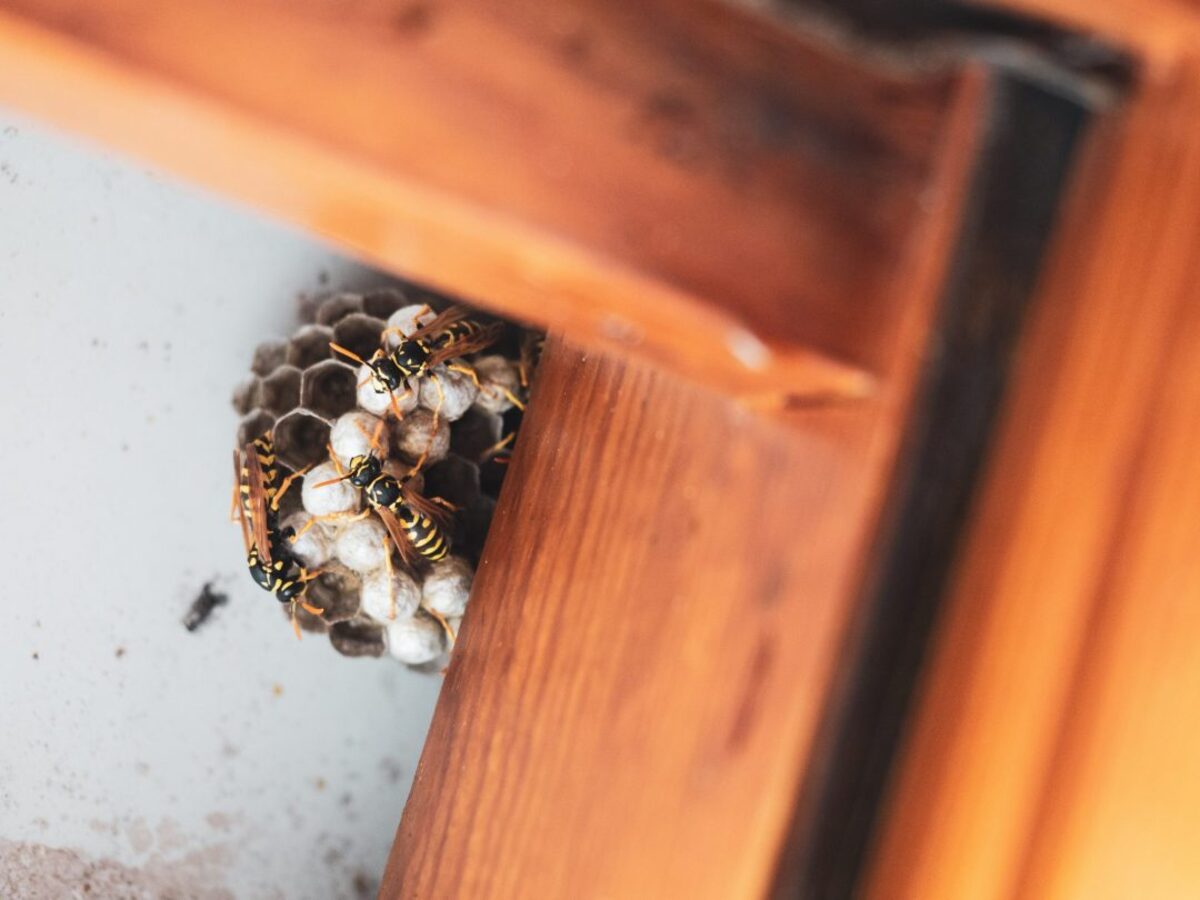
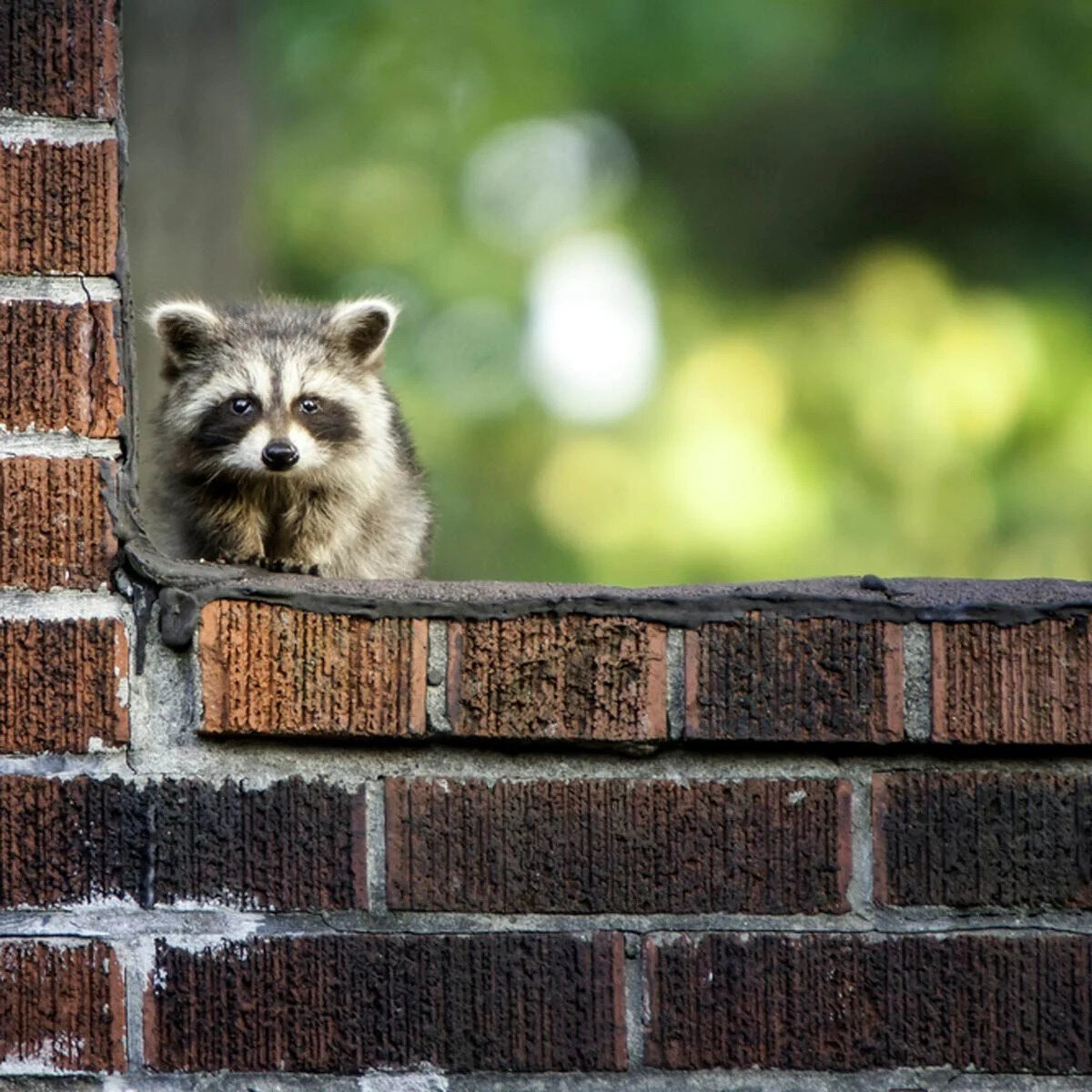
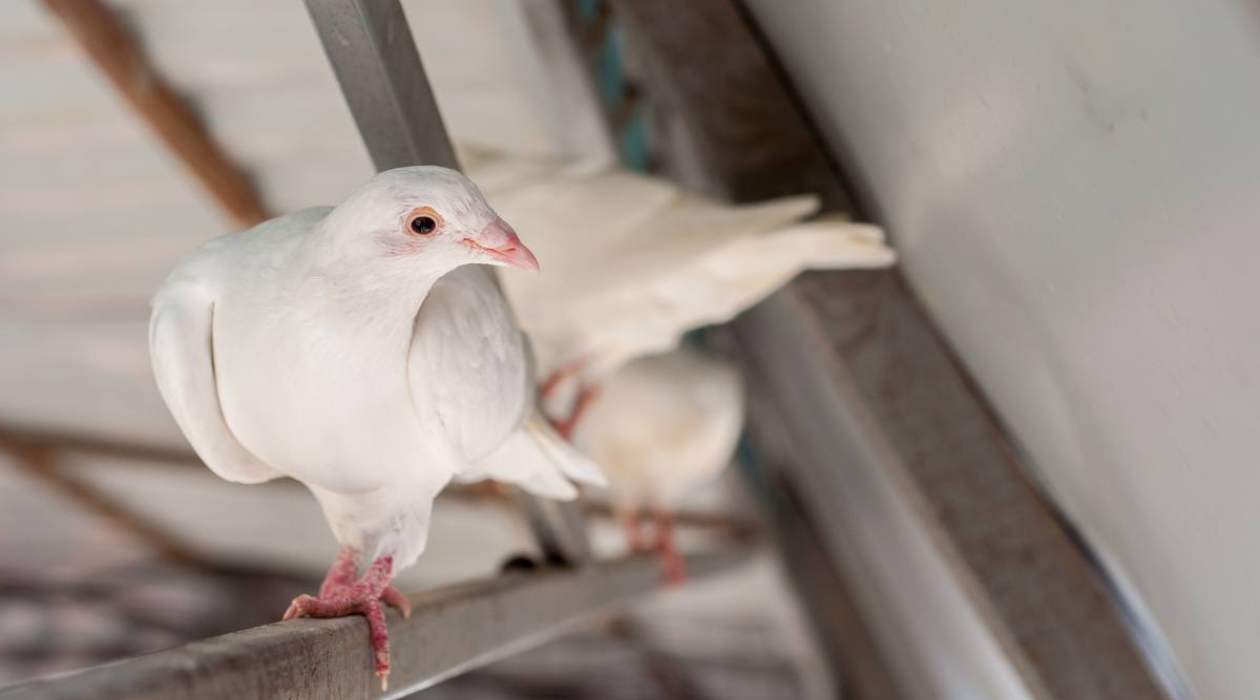
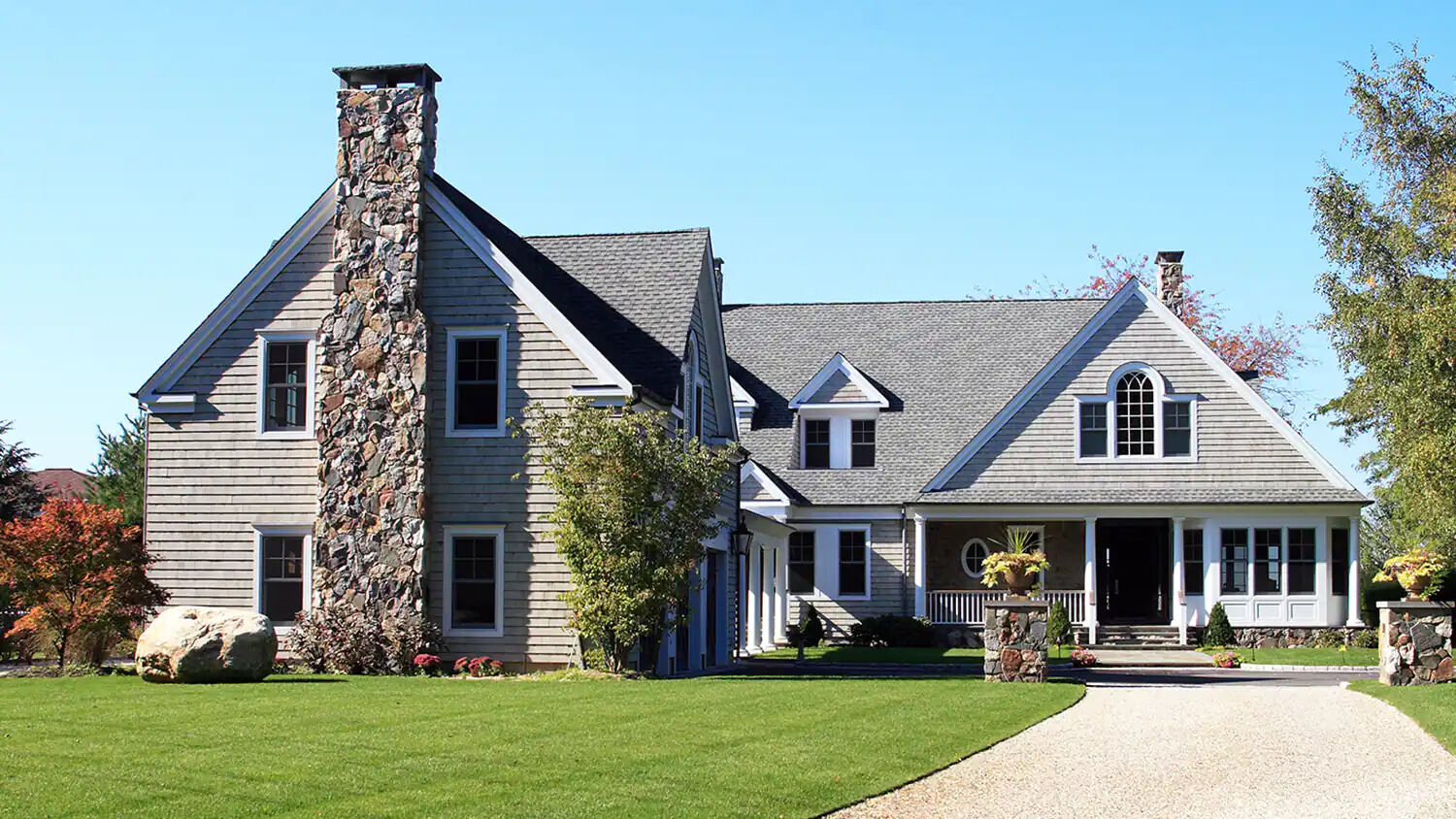
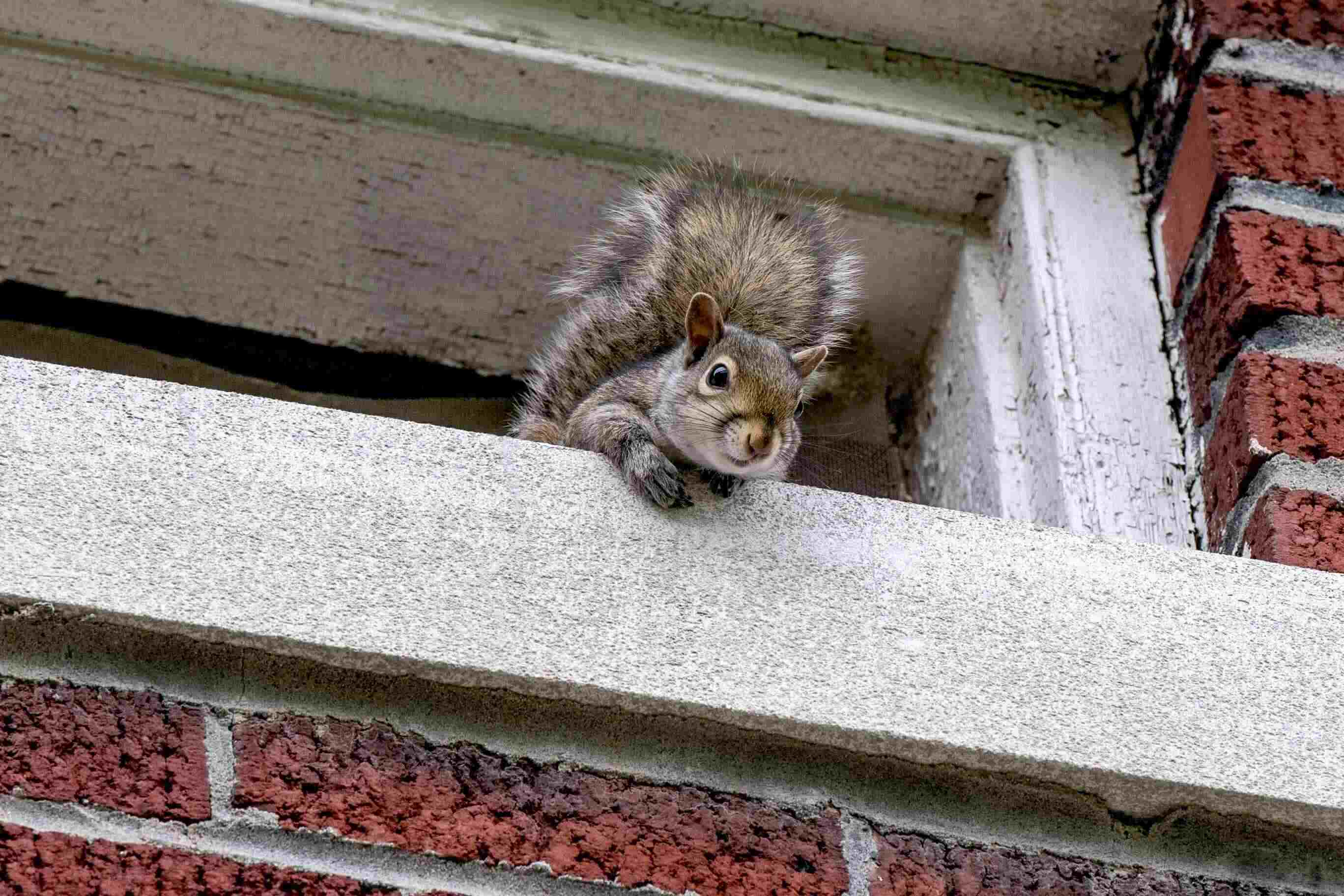
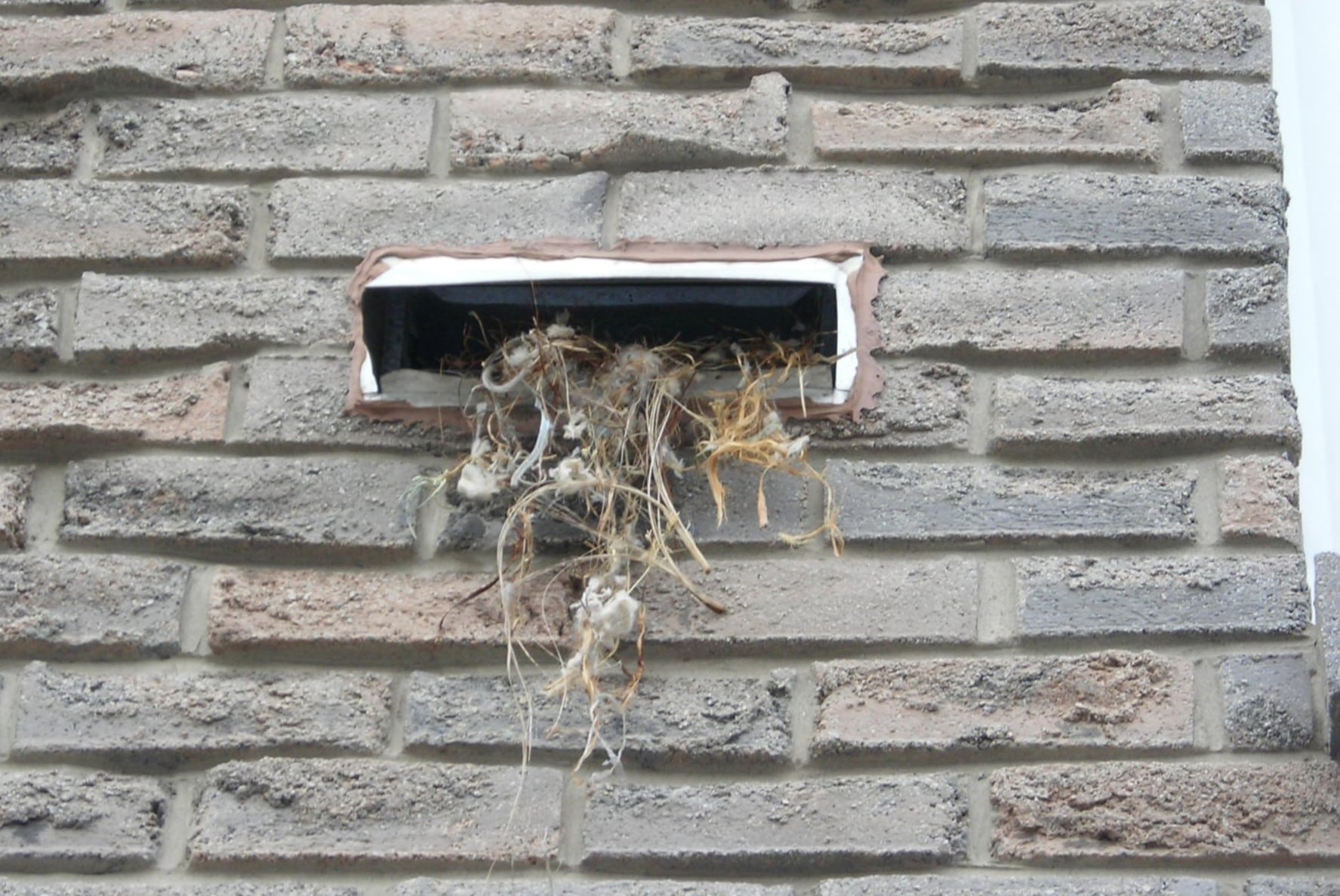
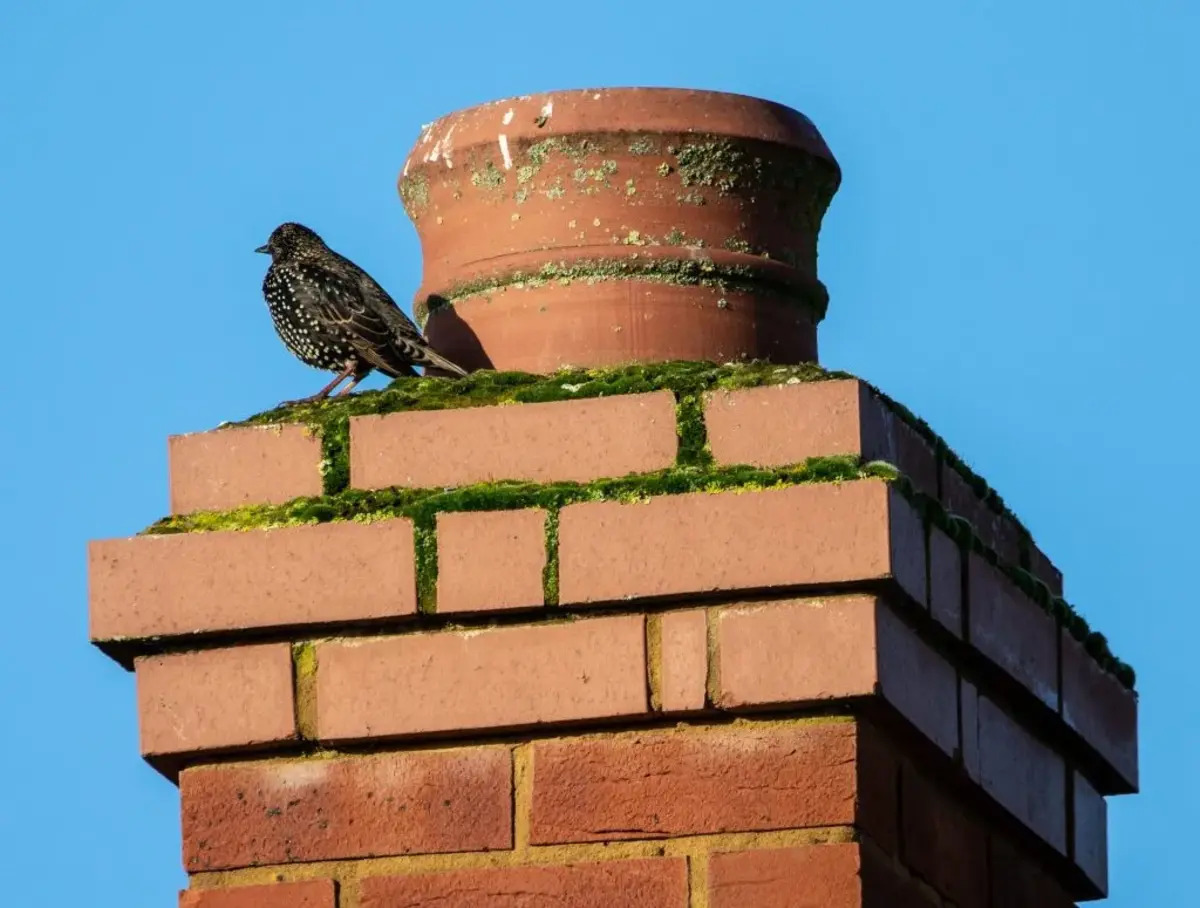
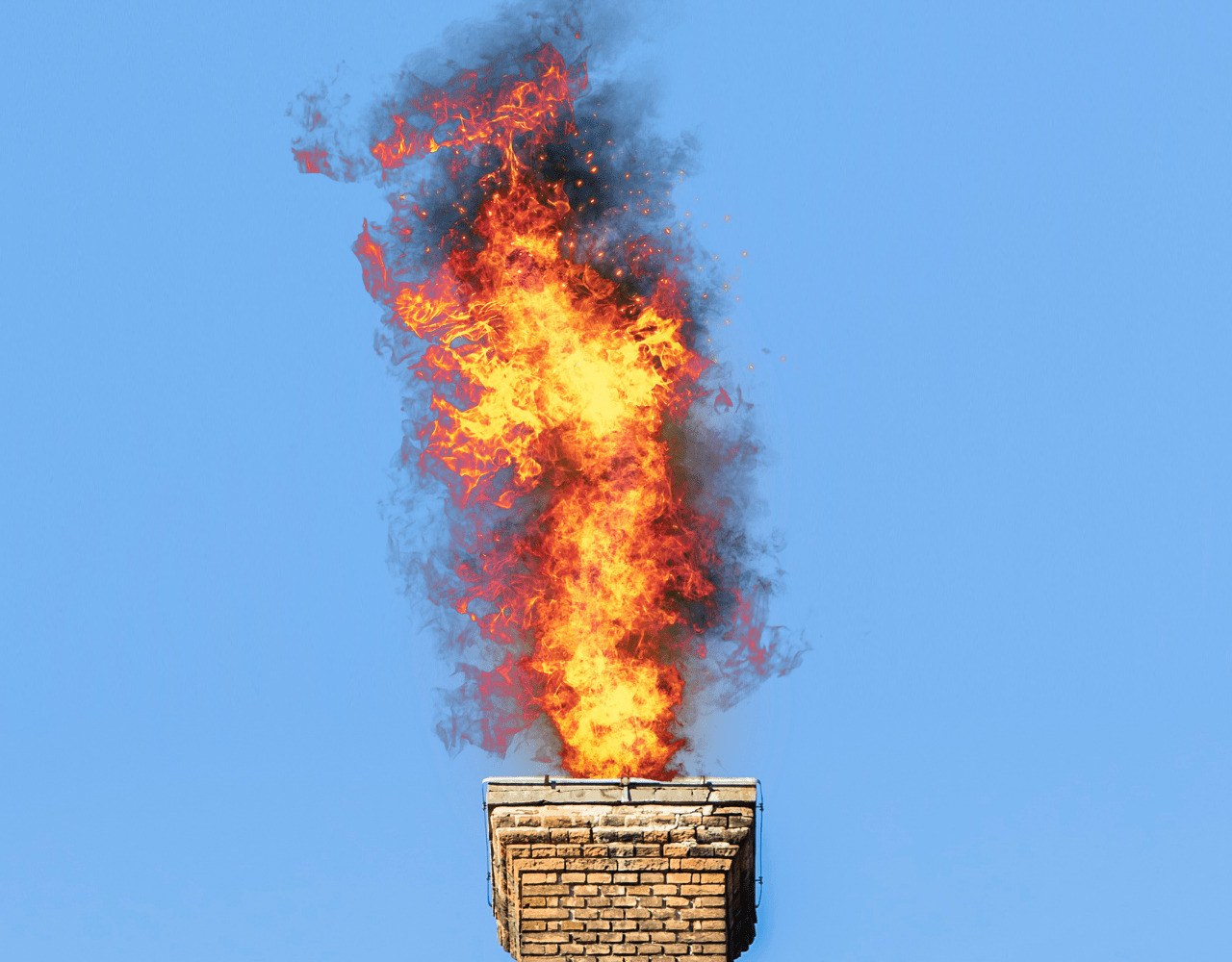
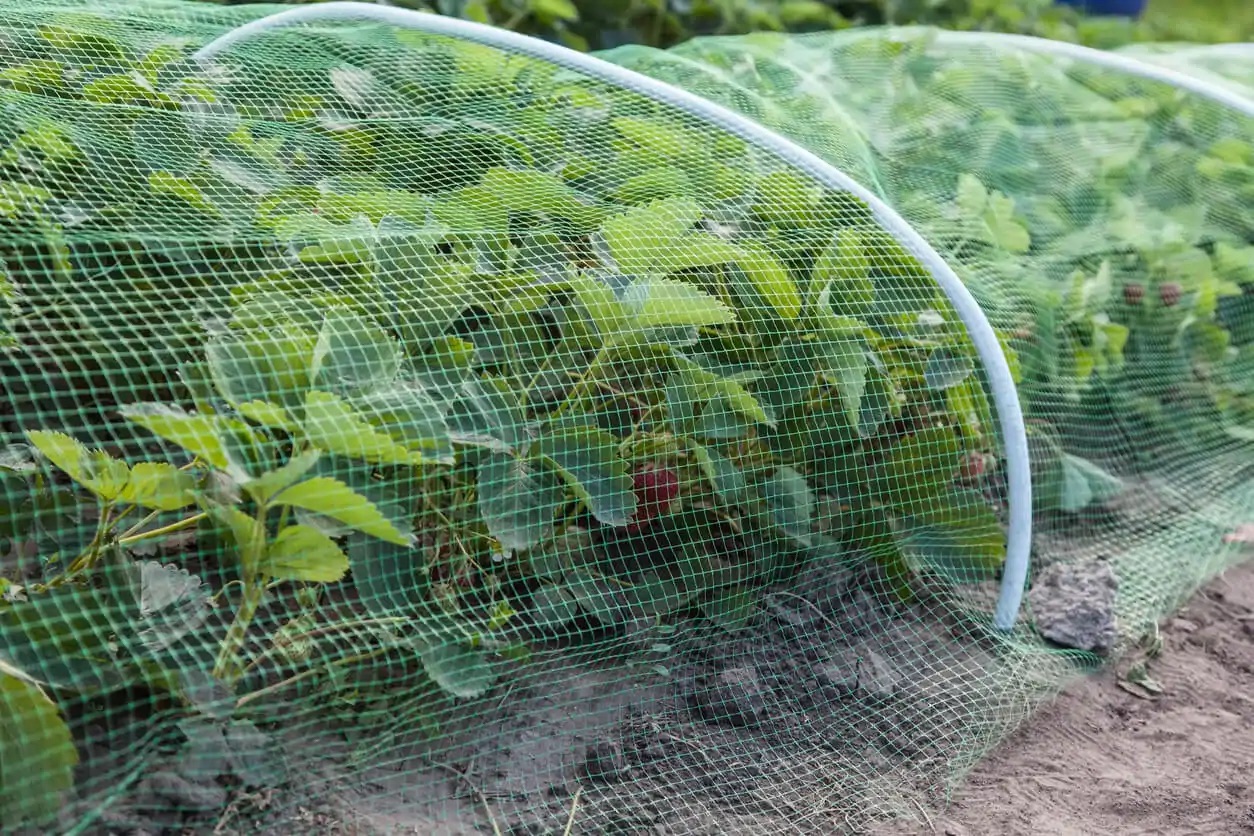
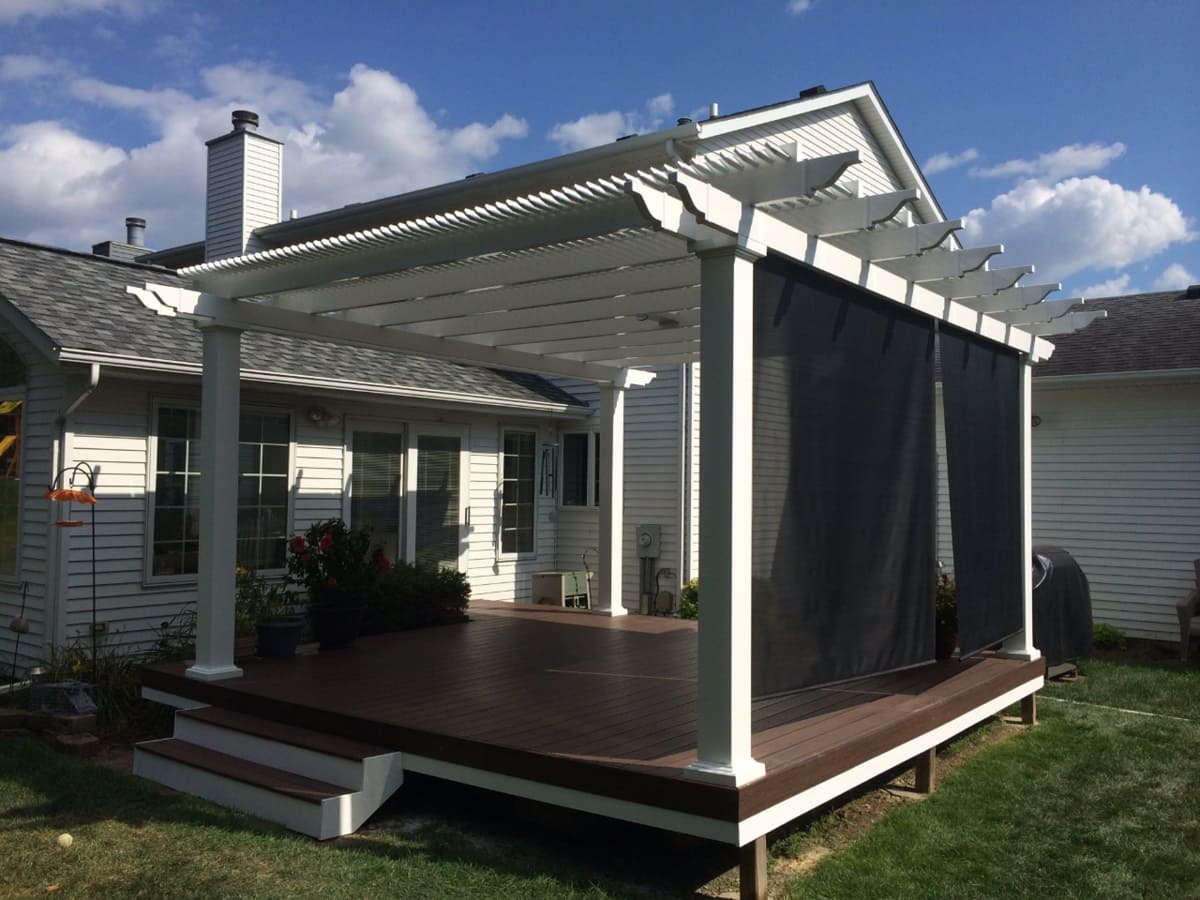
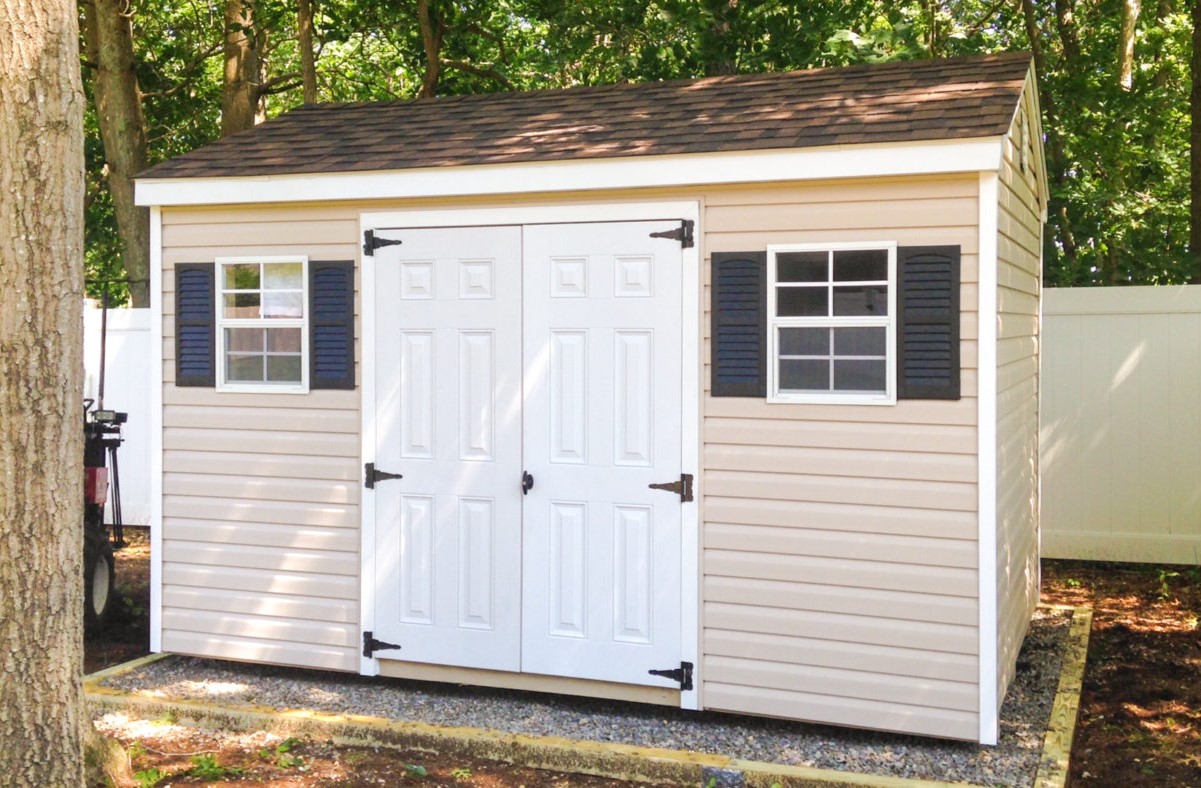
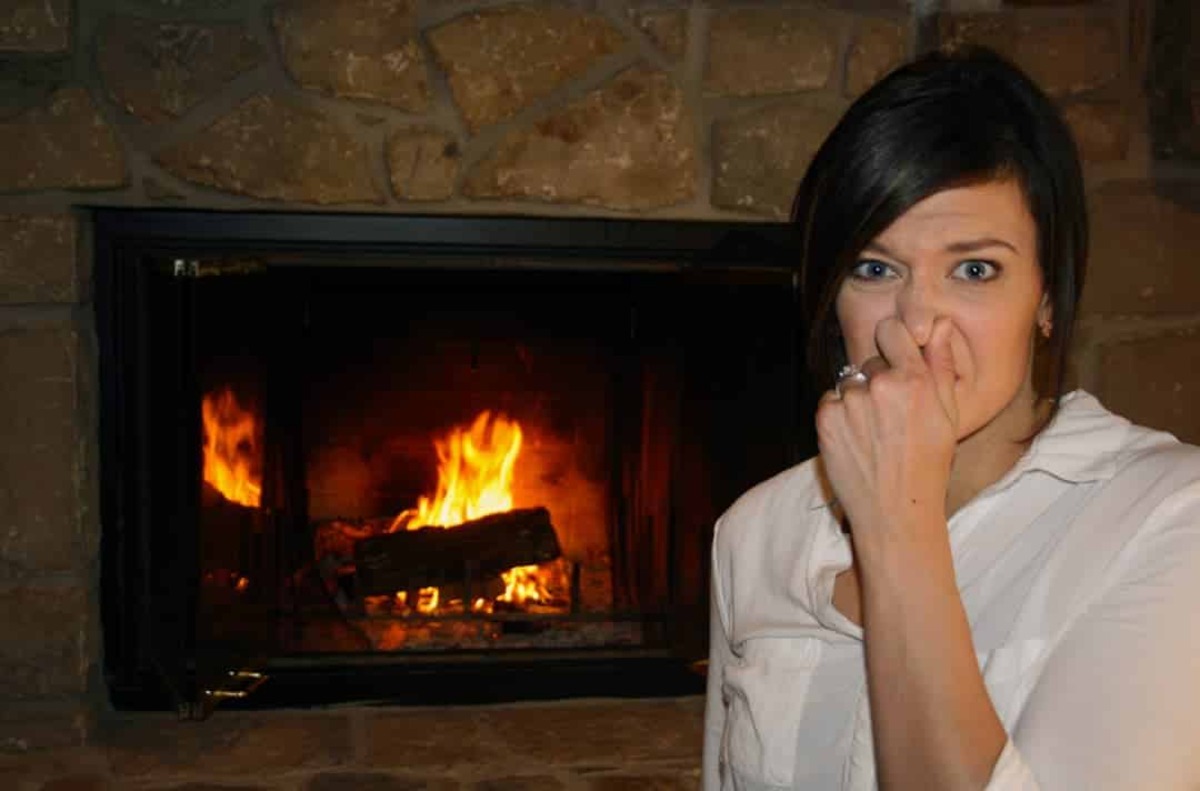

0 thoughts on “How To Get Bird Out Of Chimney”